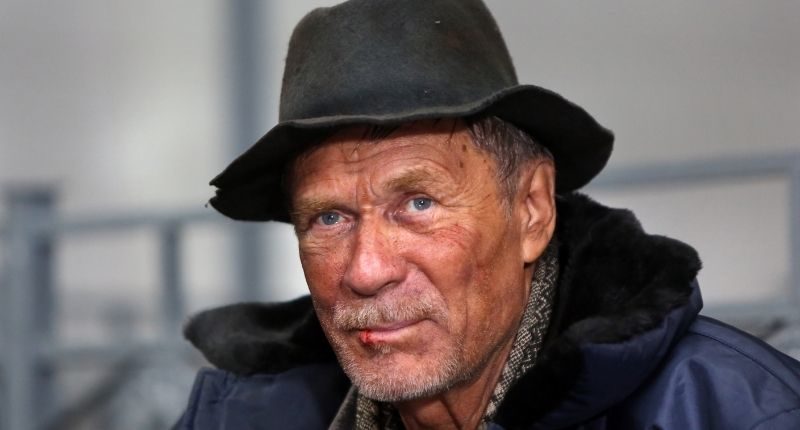- 955 people surveyed by the Salvation Army
- 57% found it difficult to meet basic living expenses before lockdown
- Increased to 87% during lockdown, now at 73% after lockdown
Over the recent months homelessness and housing pressure on our most vulnerable has been in the spotlight.
While the pandemic has put pressure on everyone in the housing industry, The Property Tribune reported in February that a homelessness outbreak has been avoided so far.
Some context
Repeated calls for increases in public housing have been made. In more recent times, South Australia came under fire for its homelessness reforms, while in Western Australia, a $2.4 million contract was awarded to St Patrick’s Community Support Centre to assist WA’s homeless in the Rockingham and Mandurah area.
When the changes to welfare were announced in February, it was heralded as the “first real increase in 20 years”, meaning the amount was above inflation.
That claim, though true, seemed like smoke and mirrors.
Although the increase was above inflation, University of Queensland’s Professor Paul Henman told The Property Tribune the increase ignored a gamut of other issues facing welfare recipients today.
“… people have been more and more pressed with meeting housing costs, which they manage by increasing sharing with other people, moving home to parents, overcrowding (eg large families located in a small two bedroom dwelling), moving to suburbs and regional areas where rents are cheaper. This in turn reduces their ability to find work,”
Professor Paul Henman, University of Queensland
Professor Henman also said the fundamental way life is today is so vastly different 20 years ago.
“… In 1994 internet access and smart mobile phones were not available – now they are necessary parts of schooling, banking and even engaging with Centrelink. Yet the amount unemployed people have received haven’t taken into account these new costs.”
The Salvation Army report
The charity completed a national survey of 955 people between October 2020 and February 2021, finding that 93% of those surveyed were experiencing housing stress.
The Salvos define housing stress as “paying more than 30% of their household income on housing, and of these, 86% were in extreme housing stress (paying more than 50% of their household income on housing).”
While many of us enjoy the luxury of having a roof over our head, or three meals a day, that may not be practical on welfare or at the minimum wage.
“With the extreme pressures of housing costs at an unprecedented high, those on government support payments are left with $11 a day, and those on minimum wage only $4 a day, after paying for housing.”
Salvation Army
Salvos said it experienced a “six-fold increase in people on wages presenting to its services for help.”
Getting medical help has also been difficult, the report said 53% were not able to afford medical or dental treatment if needed, and 28% were unable to buy medicines prescribed by their doctor.
As support services like Centrelink and many others move online, it is likely to disadvantage the most vulnerable.
The Salvos report said “30% were not able to afford a home internet connection, impacting the ability to work or learn from home.”
This concern was affirmed by a previous report by The Property Tribune, where the welfare increases did not consider the changes to modern-day life, as compared to when the last ‘real’ welfare change occurred in 1994.
“With housing stress in this country being at such a high, we are seeing more people becoming homeless. Furthermore, in what is a very lucky country, it is shocking to see almost 50% of people skipping meals and more not able to afford medicines. We need to do better,”
Mark Foyle, Salvation Army, South Australia
The research findings
- 4 in 10 respondents (43%) said they did not have enough money for basics, like housing, food, and electricity.
- Half (49%) said they were worried about their future financial situation.
- In the past 12 months:
- 54% could not pay gas, electricity, or telephone bills on time
- 53% could not afford medical or dental treatment if needed
- 45% went without meals
- 30% could not afford a home internet connection
- 28% were unable to buy medicines prescribed by their doctor
- 9 in 10 respondents were in housing stress, paying more than 30% of their income on housing cost.
- Prior to lockdown, 57% of respondents indicated that they found it difficult to meet basic living expenses. During lockdown, this worsened to 87%. After lockdown, this improved but did not return to levels seen before lockdown, with 73% still finding it difficult to meet their basic living expenses.








